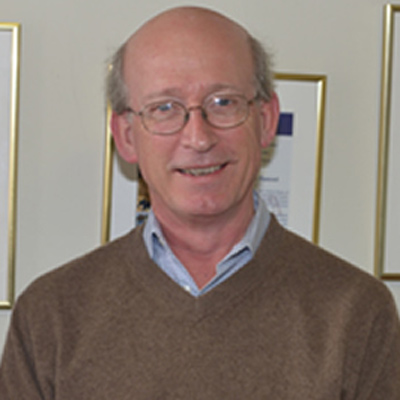
Christopher M. Stevenson, Ph.D.
Professor
anthropology
Education
- Ph.D., The Pennsylvania State University, 1984
- M.A., The Pennsylvania State University, 1979
- B.A., Marquette University, 1976
Bio
Christopher M. Stevenson, Ph.D., is an archaeologist by training with concentrations in multiple culture areas. Initially, his interests focused upon prehistoric Native American communities in the Eastern Woodlands of the United States where he conducted excavations at several Late Woodland (A.D. 900-1600) villages prior to his survey of several small tributary valleys along the Allegheny Front in Central Pennsylvania for his MA Thesis. For his dissertation, he changed his research focus to Pacific archaeology and conducted field research for his dissertation on the Polynesian island of Rapa Nui (Easter Island), Chile.
Since 1988, he has returned 19 times to Rapa Nui for additional fieldwork that have included landscape survey and excavation that has focused on the development and use of ancient rock gardens. The outcomes of this effort have included several books on the settlement archaeology of Rapa Nui:
- "Archaeological Investigations at Maunga Tari." Stevenson, C.M. 1997.
- "An Upland Agricultural Complex." Stevenson, C.M. and W.S. Ayres. 2000.
- "Prehistoric Rapa Nui." Stevenson, C.M. and S. Haoa. Easter Island Foundation, Los Osos, CA. 2008.
- "Obsidian and Ancient Manufactured Glasses." Ioannis Liritzis and Christopher M. Stevenson. Albuquerque: University of New Mexico Press. 2012.
- "Cultural and Environmental Change on Rapa Nui." Sonia Haoa, Daniel Ingersol, Katherine Ingersol, Christopher M. Stevenson. New York: Routledge. 2018.
- "The Prehistory of Easter Island (Rapa Nui): Towards a Multidisciplinary Integrative Framework." Valentí Rull and Christopher M. Stevenson. New York: Springer. 2022.
As a result of working in a region with abundant natural glasses a major line of investigation has been the refinement of the obsidian hydration dating method. Numerous research papers have been published on the dating method with the goal of understanding the water diffusion process in natural glasses and establishing calibrations that can convert accumulated water into calendar ages. Other interests include provenance studies for jaspers, copper, and obsidian.